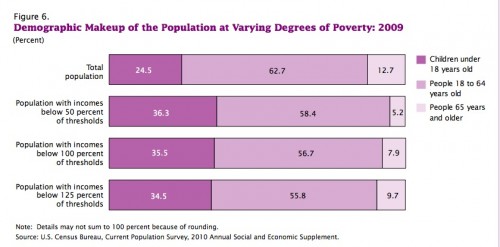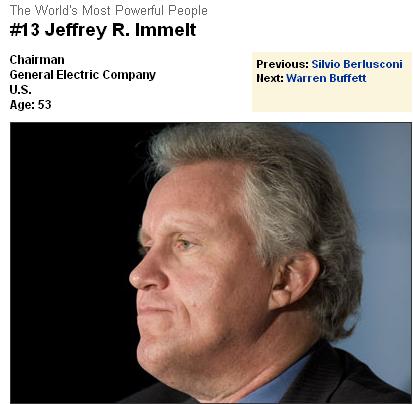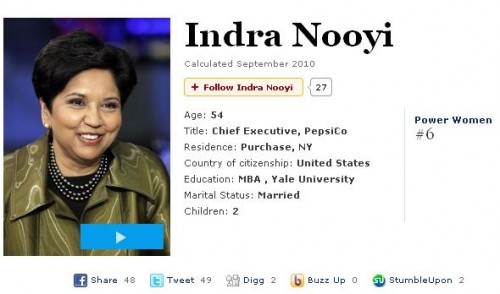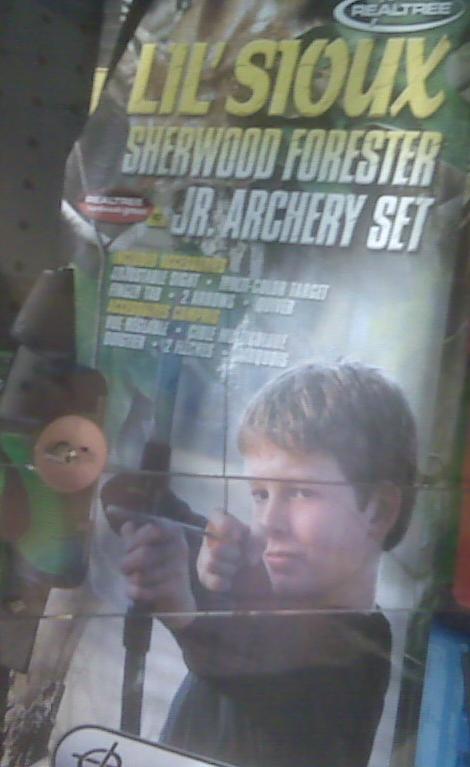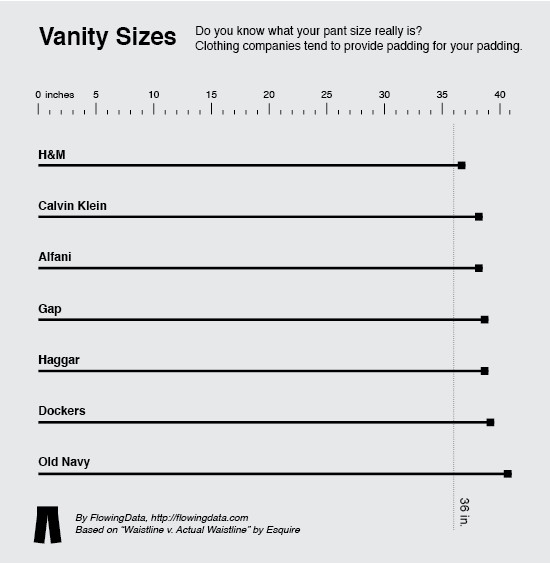Angi S. alerted us to a cartoon that ran this month in Eastern Michigan University’s student newspaper, The Echo. It featured two people in white supremacist hoods in front of a noose hanging from a tree. One says to the other: “Honey, this is the tree where we met.”
The ensuing conversation is a good example of how claims that materials are racist are dismissed by their producers. After receiving criticism, The Echo made the following “response” (here):
We understand the “You Are Here” cartoon may have offended some readers. We apologize for the lack of sensitivity some felt we showed for publishing the piece. The cartoon points out the hypocrisy of hate-filled people. Its intent was to ask how can someone show affection for one person while at the same time hating someone else enough to commit such a heinous act as hanging. We wish to remind readers that they are free to express their opinion on our discussion boards and we hope to continue to foster free thought and open discussion on campus and in the community.
– The Eastern Echo
First, notice that it is a typical “we are sorry that you were offended” non-apology. The first sentence acknowledges that some readers “may have [been] offended” and then says that “some felt” that there was an insensitivity. It does not say that the cartoon was offensive or insensitive.
Second, it also explains that the intention was to point out the “hypocrisy of hate-filled people,” not make light of lynching, without interrogating the relative importance of intent and reception. One could argue that cultural producers are at least somewhat responsible for the myriad of ways that an item could be reasonably interpreted.
Third, it backs into the free speech corner by claiming to be open to all opinions (using the word “free” twice in one sentence).
The Detroit News covered The Echo’s response and also added that while one African American student objected to the cartoon, another thought it was funny. So…
Fourth, the coverage relied on the idea that if just one member of the relevant group is not offended, then maybe the rest are over-reacting.
Lisa Wade, PhD is an Associate Professor at Tulane University. She is the author of American Hookup, a book about college sexual culture; a textbook about gender; and a forthcoming introductory text: Terrible Magnificent Sociology. You can follow her on Twitter and Instagram.




